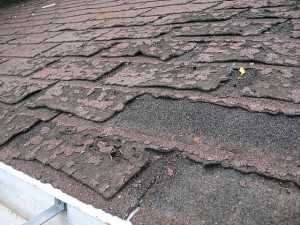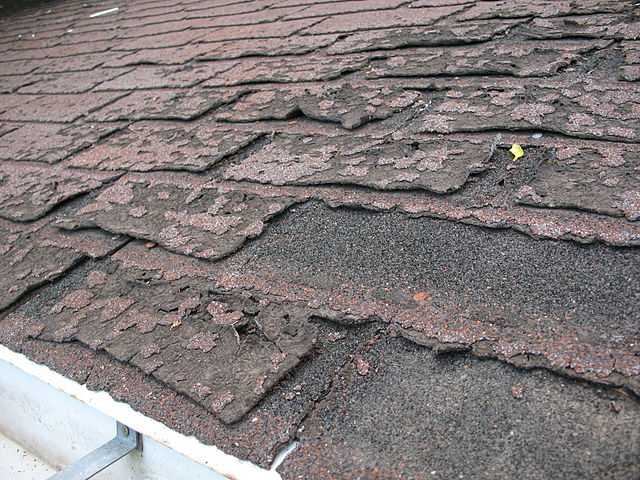 While we normally take them for granted, roofs should actually be taken very seriously. The smallest leak can cause severe water damage in your home over time, ruining not just your ceiling, but the wood inside your walls. It can also cause mold growth, which can be very harmful for the body.
While we normally take them for granted, roofs should actually be taken very seriously. The smallest leak can cause severe water damage in your home over time, ruining not just your ceiling, but the wood inside your walls. It can also cause mold growth, which can be very harmful for the body.
It’s easy to know if you have a leaky roof. The discoloration or stains on the ceiling and the smell of mold and are some of the obvious signs. Discovering the source of leaks, however, can be difficult, as water can enter the roof in one place, then travel and run down to another before it starts dripping into the ceiling. Reliable roof repair services in Queens, NY can help get the job done if you discover leaks in your roof after following these easy steps:
Check the Most Common Sources
There are areas in the roof that are often the sources of leaks. These include the roof’s cladding, flashing, shingles, and insulation. Roof claddings give roofs a weatherproof layer to keep water from entering homes, but they can be the source of leaks if they sustain damage. Roof flashings, which are installed on the breaks of a shingled roofline, are the most common source of leaks as they develop cracks easily. Detached roof shingles can also cause leaks as well as other damaged roofing materials.
Other than these four areas, you should also check any areas near your pipes, vents, fans, gutters, and dormer valleys. If your house has a chimney, take a good look around it as chimneys usually have four types of flashing; any of which can be a potential source of leaks.
“Think like Water”
Companies that offer roof repair services in Queens, NY suggest that the best way to detect leaks is to “think like water.” Water can travel anywhere, passing on everything it possibly can. When detecting leaks, trace the water back to its original source. Check all possible entry and exit points until you find the culprit. Another way to detect leaks is by standing outside your home with a pair of binoculars. Look for any irregularities on your roof such as tears, cracks, rotting, and missing pieces of your roofing coverings.
Don’t wait until the water is dripping above your head or on your furniture. Get help and repair the roof immediately after detecting the source of leaks.




